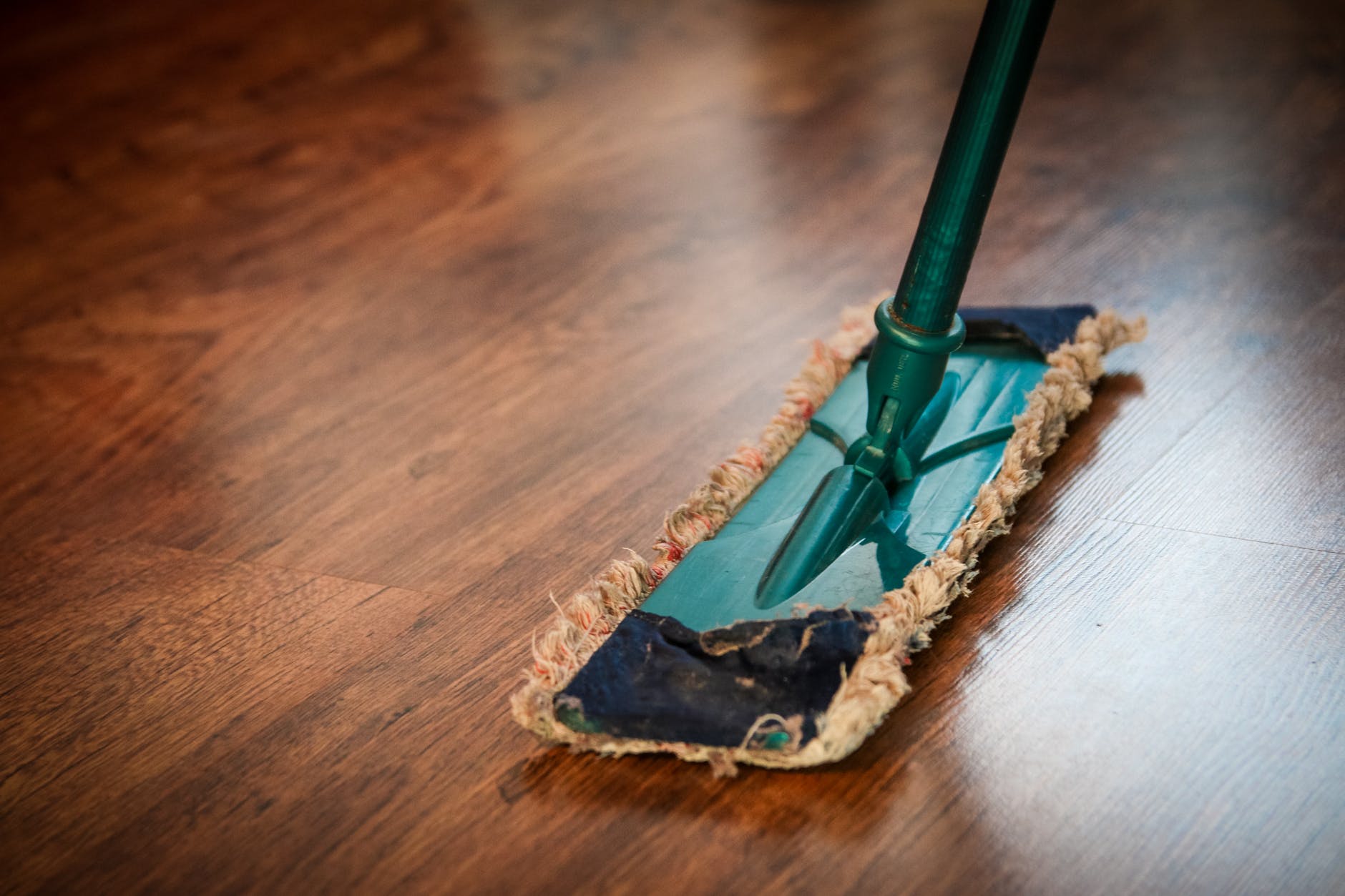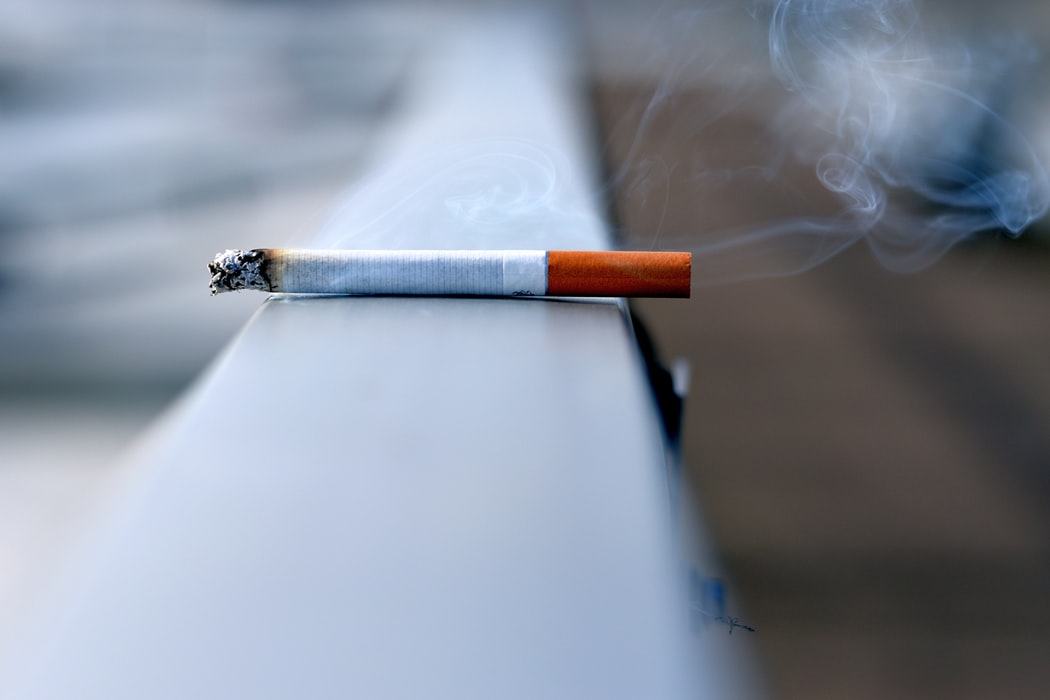Why Indoor Air Quality Is Essential During the Coronavirus Pandemic

ARTICLE BY DIANNA SMITH
The beginning of 2020 has seen the spread of the novel coronavirus, which appeared in late 2019.
As with any contagious disease, many people are opting to keep their kids home from school or even stay home themselves to prevent exposure. In fact, in many parts of the U.S., schools have been sending students home to prevent the spread of the novel coronavirus. Restaurants and gyms have closed, and only essential businesses continue to operate. With everyone cooped up in the house, one invisible threat remains: poor indoor air quality.
After talk of a pandemic, indoor air quality seems like a bit of a let-down. However, for those of us practicing social distancing, indoor air quality is more important than ever. In this article, we are going to address why it is imperative to maintain your home’s air quality during the new coronavirus outbreak. But first, let’s discuss the novel coronavirus for some context.
What Is the New Coronavirus?
The novel coronavirus is a respiratory virus first appearing in China in late 2019. Since then, the new coronavirus has spread to other regions, including North America, Europe, South Asia, and parts of South America. The virus itself is referred to as SARS-CoV-2, and the infection that it causes is called COVID-19.
Why is it called “new coronavirus”?
Well, SARS-CoV-2 is “new” because it was detected in humans beginning in late 2019, probably after jumping species. Prior to this timeframe, SARS-CoV-2 had not infected any humans (that we know of). The second part of the name comes from a large family of viruses known as coronaviruses, which are common in humans and many species of animal.

Coronaviruses are common in bats, cats, cattle, and camels.
Because COVID-19 is a recent development, we don’t have the same breadth of information that we have on other more established diseases like the flu. Scientists and medical researchers are working to isolate how the new coronavirus is transmitted and to create a vaccine.
Is the new coronavirus deadly?
In short, yes. COVID-19 is a deadly disease that mostly targets at-risk populations, which we will discuss below. A preliminary study based on coronavirus cases in China indicates that the majority of cases are mild, but we just don't have enough information yet.
Contagiousness is the main danger of the new coronavirus. Research indicates that one reason the coronavirus spreads so quickly is because it has high viral loads early in the infection. This means that someone doesn't need to have serious symptoms to be highly contagious. People can be walking around feeling fine, but still spread COVID-19 to others. For more information about how COVID-19 spreads, check out this article: Is COVID-19 Airborne? Busting Myths About the Transmission of the Novel CoronavirusRead more about this in our dedicated article..
Because of its contagiousness, COVID-19 swiftly became a global pandemic, overwhelming the medical community and infrastructure that we all rely on. With the supportive care provided by hospitals, the mortality rate of COVID-19 is relatively low, despite not having a vaccine or treatment available. When people don't receive the care they need because hospitals are at or above capacity, the mortality rate tends to increase.
Who are the most at risk of a serious case of the new coronavirus?
Much like the flu, people with preexisting conditions and weakened immune systems seem to be at greater risk of serious symptoms. Some examples are older adults, immuno-compromised individuals, and people with:
- Diabetes
- Asthma
- Heart disease
- Lung disease
- Other chronic conditions
If you fall into any of these populations, please take extra precautions to protect yourself and reduce exposure to the novel coronavirus. Asthmatics that use oral corticosteroids may have a dampened immune system and may be more exposed to the virus. As always, the priority is managing your asthma.
How to stay safe during the coronavirus outbreak
To stay safe from the novel coronavirus, the CDC recommends the following:
- Wash your hands often with soap and water
- Practice social distancing or self-quarantine
- Clean and disinfect common areas and frequently used items
- Avoid touching your nose, eyes, and mouth
- Stay hydrated and healthy

At first, the CDC did not recommend wearing masks, but they have since changed their recommendation. If going out in a public space is unavoidable, wearing a mask will help prevent you from spreading COVID-19 to others, and may help prevent you from catching it. The best protection from the new coronavirus is avoiding exposure entirely through social distancing and disinfecting, but masks may reduce your risk in public.
Why Should We Care about Air Quality during the Coronavirus Outbreak?
Now that we know some basic information about the new coronavirus, let’s discuss air quality and how it relates to the new coronavirus.
Air pollution and poor indoor air quality have been linked to higher rates of illness and mortality long before COVID-19 arrived at our doorsteps. According to new research published by Harvard University, the same trend holds true for COVID-19. Over long-term exposure to particulate matter, even a 1 μg/m³ increase in concentration results in a 15% jump in mortality rate. For people most at-risk for contracting a deadly case of COVID-19, this 15% can mean life or death.

As new cases pop up, more and more people will either choose to self-quarantine to protect others or stay home to avoid contact with potential carriers. Likewise, in some areas including New York City, social distancing is required by law, and many people are spending their entire day inside. These are good choices for preventing the spread of the disease, but may harm your indoor air quality in the process.
The coronavirus pandemic has people rushing to pick up disinfectant sprays and wipes. Much like self-quarantine, this is an effective way of preventing disease transmission, but presents some dangers when applied without proper ventilation. Disinfectants off-gas VOCs, or volatile organic compounds, which can weaken the immune system. Your immune system is your best defense against COVID-19, so this is like a football team making a defensive play with only half of the defensive team on the field.
Poor indoor air quality is especially harmful to people with respiratory conditions and older adults, the same populations most at risk of developing serious symptoms with the new coronavirus. Symptom flare ups could trigger a trip to the hospital, which can also increase your risk of picking up the new coronavirus or other diseases like the flu. During this new coronavirus outbreak, good indoor air quality is indispensable for people in susceptible populations.
What Are Some Ways to Maintain Good Air Quality?
Since we know that air quality is a vital component of a healthy living environment, how can we improve our air quality? We’ve put together some practical tips below.
Let in some fresh air
During this disease outbreak, people are rushing to disinfect their homes with sprays and disinfecting wipes. While these items are useful for destroying viruses, disinfecting products contain VOCs, which can fuel respiratory infections and irritate asthma.
VOCs are not produced only by disinfectants. Paints, cleaners, and off-gassing from an assortment of products also create VOCs, and one of the best ways to get rid of VOCs in your home is through ventilation. Opening a window will allow the trapped gases to escape and will dilute any remaining VOCs with fresh air, which will keep your immune system in fighting shape and reduce any irritation of preexisting respiratory conditions.
Invest in an Air Purifier
One powerful piece of technology that will help you bust air pollution in your home is an air purifier. Especially for those who live in polluted areas, turning on your air purifiers after you open the window is a great way to let in fresh air while reducing harmful particles.
While there are many types of air purifiers, the air purifier you should look out for is a HEPA purifier with a genuine HEPA filter.
Get An Air Quality Monitor
When it comes to indoor air quality, utilizing an air quality monitor is essential in maintaining your indoor environment and maximizing your other gadgets.
Air quality monitors, like the Laser Egg, complement air purifiers and detects pollutants in your air, so that you have a clear picture of what you are breathing. An air quality monitor can also help you test if your purifier is working or if you need to open the windows.
Curb any smoking
Tobacco smoke can tank your air quality, even if you yourself don’t smoke. The smoke from cigarettes, cigars, or pipes contains over 70 chemicals known to cause cancer, and secondhand smoke has contributed to around 2.5 million nonsmoker deaths since 1965.

The best way to eliminate the dangers of tobacco smoke is to completely remove smoking from your home. Opening windows and turning on an air purifier may help reduce the concentration of smoke in your home, but studies show that there is no safe level of tobacco smoke.
Keep up the spring cleaning
Dust mites and molds can be blown up into the air, hurting your air quality and posing potential health risks. Regularly wiping down surfaces and vacuuming will prevent dust particles or organic matter from building up in your home and your air.


Dejar un comentario